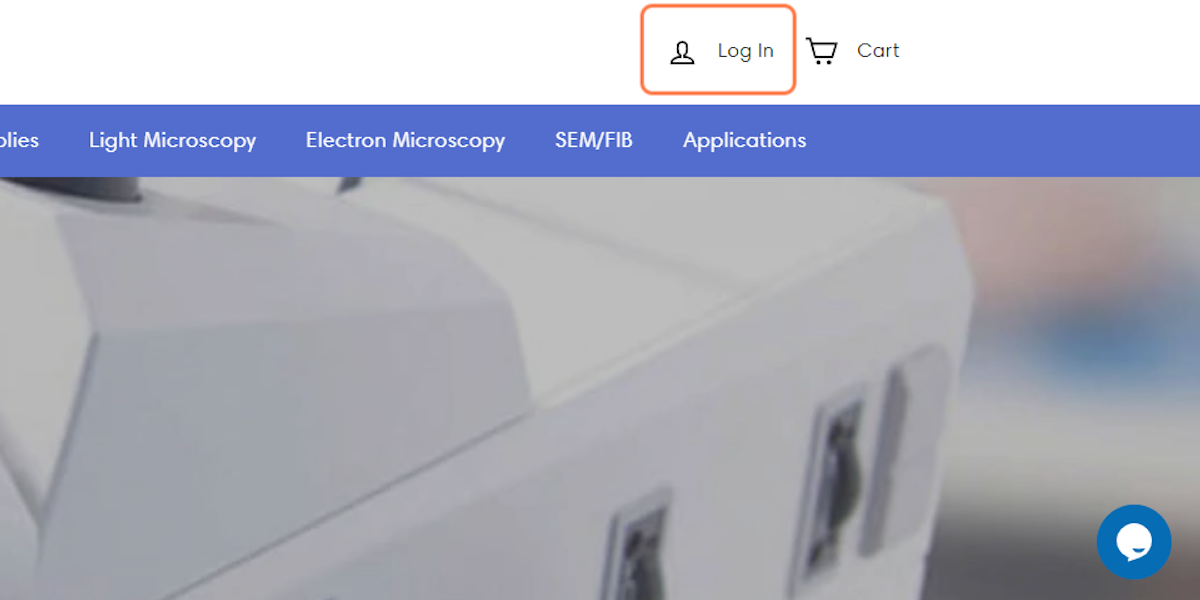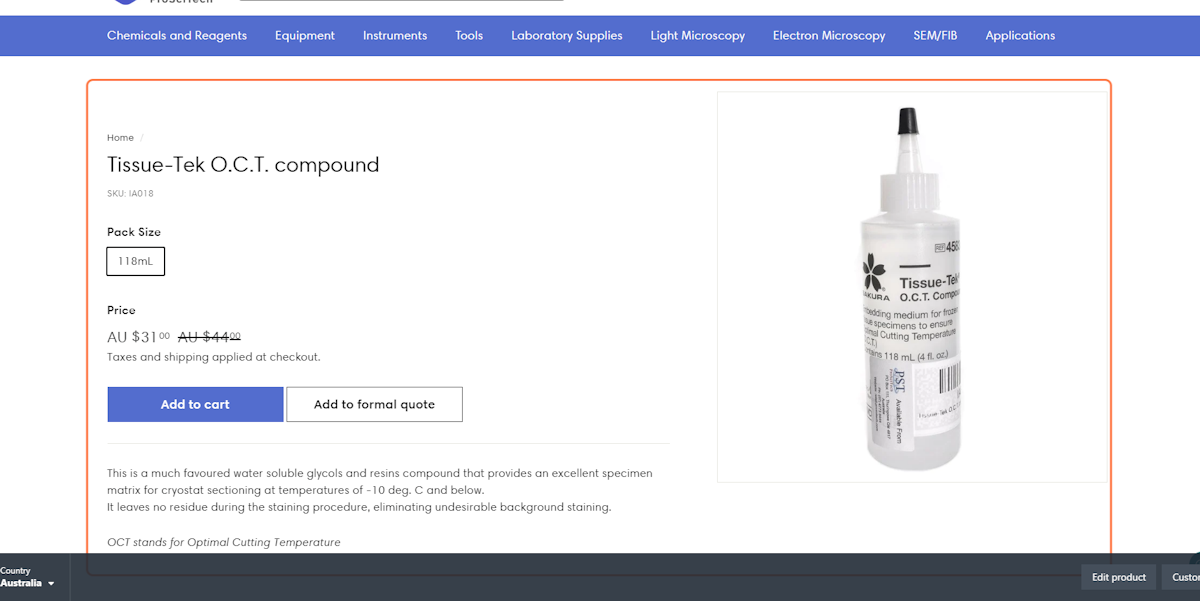USB2.0 C-mount digital cameras, CMOS
USB2.0 C-mount digital cameras, CMOS
Taxes and shipping applied at checkout.
High quality, affordable range of microscope digital cameras that attach to any standard C-mount screw fitting. Two types of standard eyepiece adapters (23.2mm) are available, fixed and adjustable, as well as sleeves that slip into non-standard eyepiece tube (30mm, 30.5mm). If you require the existing eyepiece to be par-focal with the camera we suggest you purchase the adjustable adapter.
Feel free to contact us about your set-up and we'll be happy to help.
Cameras include a cable, CD with instructions and excellent, comprehensive software. These cameras use CMOS chips from the best Japanese and American manufacturers. Please be aware that the software included only runs on Windows (XP, Vista, 7), Mac OSX and Linux machines with an available USB 2.0 port.
Please note that the OSX version of the software does not have all of the additional features, eg measuring and calibration, that is included in the Windows version.
For some basic tutorials on how to use ToupView X, please visit the following youtube channel.
Subscribe to be notified when a new tutorial is uploaded!
NEW! Software now available for Mac OSX and Linux! If you have previously purchased a camera from us and would like a copy for your Mac or Linux machine please contact us.
SALE: The manufacturer has given us a big price-break on all CMOS microscope cameras. These are the best selling cameras in Australia and New Zealand; they are now an even greater bargain and worth shipping to anywhere.
| Specifications | ODCM0510C | ODCM0900C |
|---|---|---|
| Pixels | 5MP | 9MP |
| Max resolution (video mode) | 2592 x 1944 pixels | 3488 x 2616 pixels |
| Image sensor | 1/2.5;" CMOS chip, colour (Diagonal 7.13mm) |
1/2.4;" CMOS chip, colour (Diagonal 7.281mm) |
| Preview speed/ Recording speed |
2592 x 1944 5fps 1280 x 960 18fps 640 x 480 60fps |
3488 x 2616 2fps 1744 x 1308 8fps 872 x 654 27fps |
| Imaging area | 5.70mm x 4.28mm | 5.825mm (H) x 4.369mm (V) |
| Pixel size | 2.2um x 2.2um | 1.67um x 1.67um |
| Recording System | ||
| Master Clock - Hori. drive frequency | 54MHz | 96MHz |
| A/D | 12-Bit on-chip, 8-Bit R.G.B | 12-Bit on-chip, 8-Bit R.G.B |
| Binning | 1x1, 2x2, 4x4 | 1x1, 2x2, 4x4 |
| Peak Quantum Efficiency | ||
| Dynamic range | 66.5dB | 65.2dB |
| Sensitivity | 0.53v/lux-sec @550nm | 0.33v/lux-sec @550nm |
| Spectral Range(Range of wavelength) | ||
| Exposure Time | 0.21ms-2000ms | 0.38ms-2000ms |
For use with computers with Windows XP, Windows Vista or Windows 7 operating system. These easy to use and very versatile digital cameras are supplied integral with a low power microscope eyepiece (23.2mm DIN standard). They are simply inserted into an eyepiece tube or top tube of a trinocular head. The visual field observed in the camera is up to 90% of the viewing field through the eyepiece. Using the USB2.0 high speed port the camera displays the microscope images continuously on the computer screen in real-time and non-compressed video data and digital photos and movie sequences may be captured.
Prior to capturing an image, all adjustments - colour, contrast, brightness frame-speed - may be optimised. After capture, image files are saved in the desired image-format on the computer's hard drive. Once calibrated using a stage micrometer, the software allows measurement of lengths, angles and areas across microscope images. It is also possible to include a scale marker on micrographs and to count particles. For counting select Plugin and then Count, after that set parameters and Count.
Our cameras provide high image quality, and they are entirely suitable for numerous applications in research, in biomedical applications, material science and technology. The CCD camera has a "Wide Lux" feature. This largely compensates for changes in brightness that are due to changes in magnification and diaphragm aperture. These CCD cameras also have a "High Sensitivity" feature to compensate for a wide range of light-attenuating accessories, such as a dark-field" condenser, phase contrast and epi-fluorescence microscopy.
All of these cameras come with USB2.0 cable, driver software and sleeve adapters for inserting the camera into 30mm or 30.5mm tubes, which are commonly used with stereo microscopes.

























